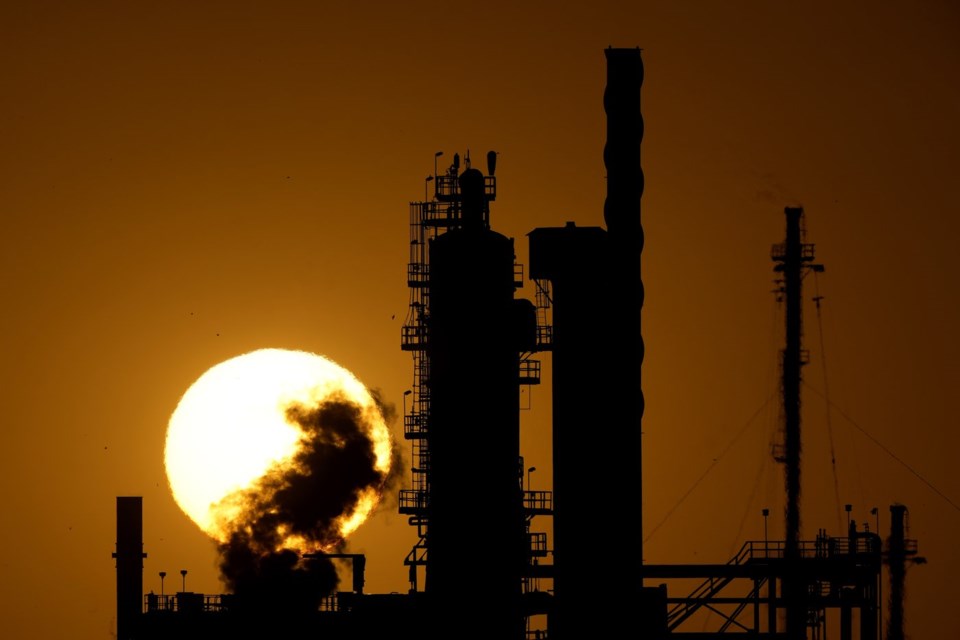The amount of the powerful climate-changing gas methane spilling out of oil and gas equipment, coal mines and landfills globally is nowhere near fully documented and what is known is “only scratching the surface” according to the CEO of one the companies that tracks methane with its own satellites.
Rather than improving, the methane emissions problem is worsening according to Stephane Germain of GHGSat. “The past year, we've detected more emissions than ever before,” he said.
Since late 2023, GHGSat satellites detected about 20,000 sites worldwide that qualify as super-emitters, or sites hemorrhaging at 100 kilograms (220 pounds) of methane per hour.
That marks a major increase over the year before when the company detected about 15,000 super-emitting sites.
Germain said the numbers were rounded to enable a discussion of emissions since countries made pledges to reduce methane at the 2023 global climate talks known as COP28, in Dubai. He provided a briefing in anticipation of the next round, COP29, which will open soon in Baku, Azerbaijan.
Last year, 50 oil companies representing nearly half of global production signed a pledge to nearly eliminate methane emissions and end the routine burning off of the gas in their operations by 2030. In many countries, methane, or natural gas, is flared — wasted — rather than captured in pipelines and used to make electricity or cook. That's because operators are after the oil, not the gas that lies in the formation with it.
Almost half of the methane emissions detected are coming from the oil and gas industry, Germain said. About one-third came from “waste management emissions,” and mining accounted for 16%.
GHGSat added three satellites during the year but Germain doubted that accounted for the increased detections. More likely, he said “developing countries of the world need energy — and energy, unfortunately today still comes primarily from fossil fuels.”
The largest share of the potent gas is being released from North America and Eurasia, he said. In Canada, landfills make up the largest share of emissions.
Earlier this year, a study reported that American oil and natural gas wells, pipelines and compressors are spewing three times the amount of heat-trapping gas methane as the government thinks.
A study published in September found methane levels in the air are rising, making climate change much worse than it would be with only carbon dioxide and other greenhouse gases. Carbon dioxide — which is not as potent as methane but lasts much longer — remains the most significant pollutant humans are adding to the atmosphere.
GHGSat, based in Montreal, is one of a number of for-profit and philanthropy-backed nonprofit methane satellite measurement and analysis efforts that both collaborate and compete to provide an increasingly clear view of the global issue. Others include Carbon Mapper, Kayrros and MethaneSAT.
___
The Associated Press’ climate and environmental coverage receives financial support from multiple private foundations. AP is solely responsible for all content. Find AP’s standards for working with philanthropies, a list of supporters and funded coverage areas at AP.org.
Associated Press, The Associated Press



